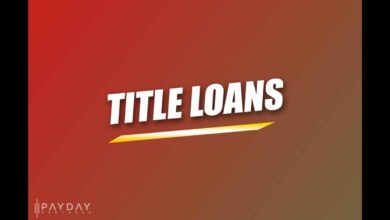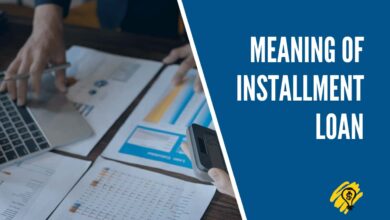Unlocking Mortgage Flexibility: Exploring Stated Income Loans

In the world of personal finance, there’s a subset of loans called stated income loans, often referred to as “no-doc” or “low-doc” loans. These loans offer a simplified application process, primarily targeting individuals who struggle to provide conventional proof of income, such as self-employed workers or freelancers.
Simplified Application Process
Unlike traditional loans that require extensive documentation of income, stated income loans rely on the borrower’s declaration of their earnings. This streamlined approach makes the application process less cumbersome, especially for those with irregular income streams or unconventional employment arrangements.
How Stated Income Loans Work
Unlike traditional loans that require extensive documentation, stated income loans rely primarily on the borrower’s declaration of their income. Borrowers provide an estimate of their earnings on the loan application, which the lender uses to assess their ability to repay the loan. While the borrower’s stated income is crucial, lenders may still consider credit history, assets, and other financial factors in the loan approval process.
Key Features and Considerations
1. Simplified Application Process:
Stated income loans typically feature a streamlined application process compared to traditional loans, as they require less documentation. This can be advantageous for self-employed individuals or freelancers who may find gathering extensive financial paperwork burdensome.
2. Higher Interest Rates:
Lenders often perceive stated income loans as riskier due to the limited documentation provided by borrowers. As a result, these loans may come with higher interest rates compared to traditional loans, reflecting the increased risk for the lender.
3. Lower Loan-to-Value (LTV) Ratios:
To mitigate risk, lenders may offer stated income loans with lower loan-to-value ratios, meaning borrowers may need to provide a larger down payment or collateral to secure the loan.
4. Limited Availability:
Stated income loans may not be as readily available as traditional loans, as not all lenders offer them. Borrowers may need to research and identify lenders who specialize in these types of loans.
5. Potential for Misrepresentation:
The reliance on stated income opens the door for potential misrepresentation by borrowers who may exaggerate their earnings to qualify for a larger loan. This can pose risks for both borrowers and lenders.
Who Benefits?
Stated income loans cater to individuals with non-traditional income sources, including:
Self-employed individuals
1. Freelancers
2. Small business owners
3. Commission-based earners
4. Those with fluctuating income
Conclusion
Stated income loans provide a pathway for borrowers to access funds without the exhaustive documentation required by traditional loans. However, borrowers should carefully consider the terms, interest rates, and risks associated with these loans. It’s essential to work with reputable lenders and accurately disclose income to ensure a smooth borrowing experience while mitigating potential financial pitfalls. As with any financial decision, thorough research and consideration of individual circumstances are key to making informed choices regarding stated income loans.



